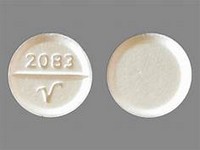Allopurinol
CLINICAL USE
DOSE IN NORMAL RENAL FUNCTION
100–900 mg/day (usually 300 mg/day)
Doses above 300 mg should be given in
divided doses
PHARMACOKINETICS
136.1
<5
1.6
1–2/Increased
DOSE IN RENAL IMPAIRMENT
GFR (mL/MIN)
100 mg daily or 100 mg on alternate
days
DOSE IN PATIENTS UNDERGOING RENAL REPLACEMENT THERAPIES
Dialysed. Dose as in GFR
min
Dialysed. Dose as in GFR
min
Dialysed. Dose as in GFR
min
Dialysed. Dose as in GFR=10–
20 mL/min
IMPORTANT DRUG INTERACTIONS
Potentially hazardous interactions with other drugs
toxicity; avoid concomitant use with
capecitabine
ADMINISTRATION
Reconstition
–
Route
Oral
Rate of Administration
–
Comments
if serum and/or urinary urate response is
unsatisfactory. Doses less than 100 mg/day
may be required in some patients
OTHER INFORMATION
A parenteral preparation is available from
Glaxo Wellcome on a named patient basis
If a patient is prescribed azathioprine or
6-mercaptopurine concomitantly, reduce
azathioprine or 6-mercaptopurine dose by
66–75%
17%; half-life: Normal/ESRF = 13–
30/>125 hours – 1 week
